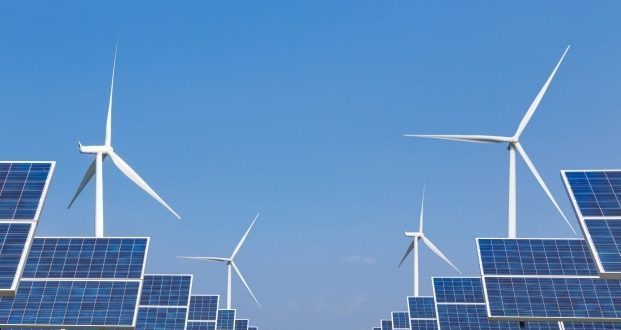Solar Power – Is It Becoming The Norm?
Renewable energy is the future, and American homes may finally be realizing it. CNBC statistics show that new solar installations will quadruple by 2030 as residential properties start to get involved with the climate change fight-back.
Families across the country stand to gain a lot from solar power. However, questions remain over their affordability, relevance, and whether the average person can be swayed as to their necessity.
Solar Power Affordability
High costs and low efficiency have hampered solar panels. This is now changing. In states with hotter weather, like Texas, bills are being eliminated from the household budget. CBS Local reports that in large urban centers like Dallas, families receive negative energy bills – a net profit for their homes.
In Austin, solar power companies can offer much lower rates on installation due to federal and state subsidies. Prices continue to plummet, making solar feasible for the average home.
Back to the Grid
Many families will have question marks over how much they can feasibly make from selling their excess power. This process, known as net metering, varies wildly from state to state. According to Modernize.com, most states limit energy metering to a significant amount, often 1MW of production or less.
Vermont offers even less, at 20kW. Conversely, some states, such as Ohio, NJ, and Arizona, are entirely open, and New Mexico offers 80MW. What you can make will depend on the weather, perhaps obviously, and whatever the state is willing to let you return to the grid.
This will vary because of the balance between metered energy and what the grid requires from your home; some states do not have an incentive to purchase energy and will not provide money back for net energy gains.

A Necessity?
Questions remain from some quarters over the necessity of renewable energy in the family home. There is an argument to be made that large businesses, not homes, should be going the extra mile. Yet, this isn’t a reason to stop – especially as research shows the potential influence of solar.
According to Yale Environment 360, 90% of the US could feasibly be powered by renewables by 2035. For families, that means cleaner air and cleaner skies – a great benefit when growing up.
According to the WHO, more than 90% of the world’s children breathe in toxic air every single day – addressing this is a huge challenge, but small changes together can help rectify the problem in a long-term way.
Educating the Family
With such a controversial political discourse, renewable energy is a hard sell in schools and other educational settings. It’s also, potentially, uninteresting – do kids want to learn the ins and outs of energy efficiency?
EcoWatch has tips on increasing children’s interest; a crucial point is showing a clear picture of the potential climate future without pollution and the risk of further global warming.
Helping kids identify what will impact them in terms of how the planet will change without action is a powerful tool of imagination and can help them become more conscious about the world around them.
Those conclusions can lead the family to buy into solar. It’s an energy with huge potential for the financial health of the home, the health of the environment, and indeed, the health of your stepchildren’s futures. Those are factors that most families can’t argue with in terms of the benefit they bring.






